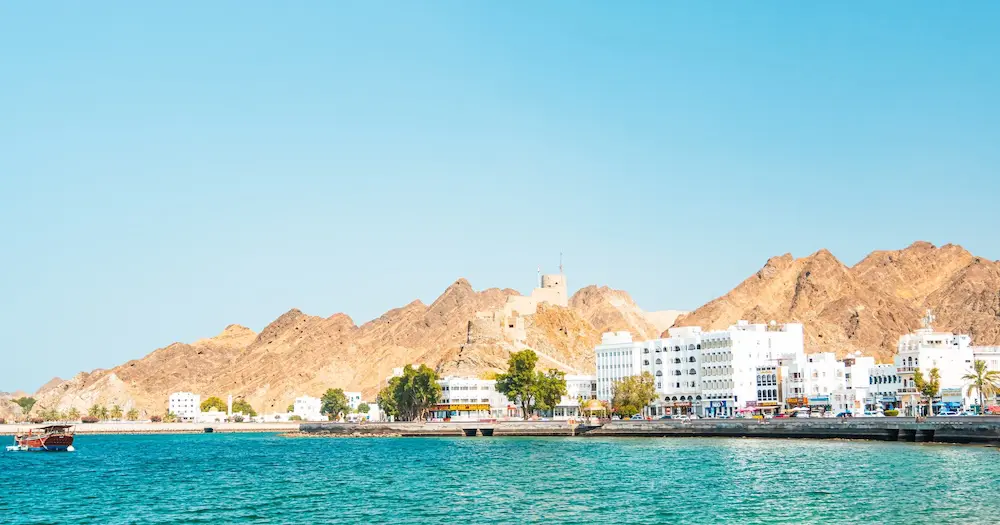The Australian Government has lowered its travel warning level for Israel and the Occupied Palestinian Territories to level three after upping its advice to the highest level (four) last month.
The update comes amid a ceasefire in the Israel-Iran conflict. However, hostilities between Israel and Hamas in the Gaza region continue, so the security situation in Israel and the region remains “unpredictable”, according to the Department of Foreign Affairs (DFAT).
“We’ve reviewed our advice for Israel and the Occupied Palestinian Territories and have lowered the overall travel advice level,” DFAT says on its Smartraveller website.
“We now advise reconsider your need to travel to Israel and the Occupied Palestinian Territories overall due to the volatile security situation, armed conflict, civil unrest and terrorism.”

The department says some areas of Israel remain no-go zones for travellers.
“We continue to advise do not travel to Gaza and areas near the border with Gaza, border areas with Lebanon and the West Bank (excluding East Jerusalem),” it states.
The government also advises that the security situation “could deteriorate at short notice”.
“Flight cancellations and disruptions could occur with little or no notice, including due to airport and airspace closures,” it warns.
“If you intend to travel by land into a neighbouring country, you should check the latest public information from local authorities on entry requirements and border arrangements, including opening times. Border crossing points may be closed without notice.”

Meanwhile, the government has also lowered its travel warning to the safest level (one) for Oman, just two weeks after raising it to level two.
“We now advise exercise normal safety precautions in Oman. Higher levels apply in some areas,” Smartraveller says.
The new advice level for Oman makes the Gulf nation the safest in the Middle East region, going purely off DFAT’s travel warning levels.
However, the department says that airspace closures, flight cancellations and other travel disruptions could occur at short notice and impact Oman “if the regional security situation deteriorates again”.
It also warns of possible demonstrations and protest activity.
The lower advice levels for the two Middle Eastern nations are a positive development for travel to the region, which has been under intense scrutiny since Israel and Iran began fighting nearly one month ago.
Aussies undeterred?

Travel to Egypt and Jordan, arguably the region’s most popular destinations, looks strong, according to Bunnik Tours Joint CEO Dennis Bunnik.
Speaking to Karryon, Bunnik said that as of last week, passenger numbers to Egypt and Jordan for the second half of 2025 were up 112% compared to the same period in 2024, showing that many Aussies are still happy to travel to the region.
“And there’s still bookings coming through,” he remarked.
With regards to Oman, Bunnik expects to see tourist numbers there to remain “quite strong as well”.
However, while the latest DFAT update is a sign that the situation in the Middle East is moving in the right direction, Bunnik doesn’t believe tourism to Israel will return to normal yet.
“I don’t think you’d see any tour operators reintroducing tours to Israel in the near future,” he said, citing the situation in Gaza.
“I think once there’s a permanent ceasefire there, then you’ll start to see tourism into Israel return.”

It’s a similar story at Intrepid Travel, which, according to Managing Director Australia/New Zealand Brett Mitchell, “remains confident about Egypt and Jordan”.
“They’ve been some of our top-selling destinations across all regions and remain open to travel,” he told Karryon in late June.
“Traditionally, demand bounces back very quickly as both destinations are favourites for Aussie travellers. Our Egypt bookings, year-on-year for the last six months, are up 145%, and bookings for Jordan are up 153%.”







